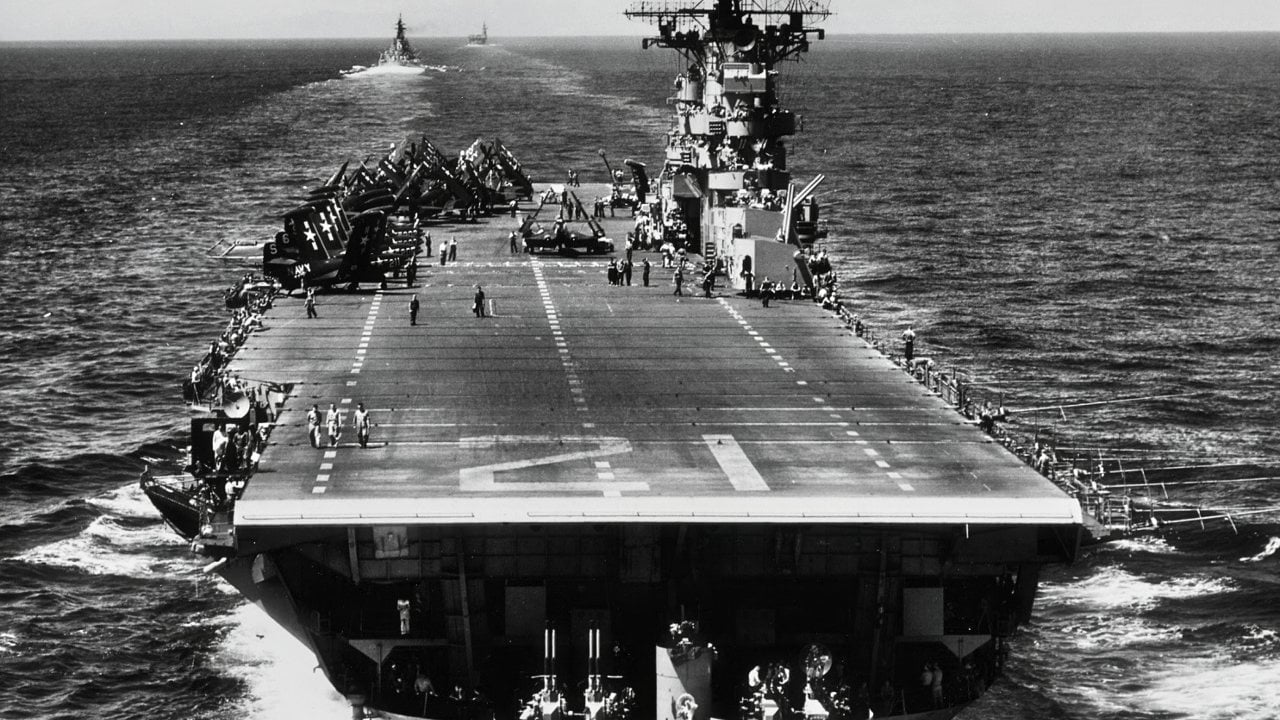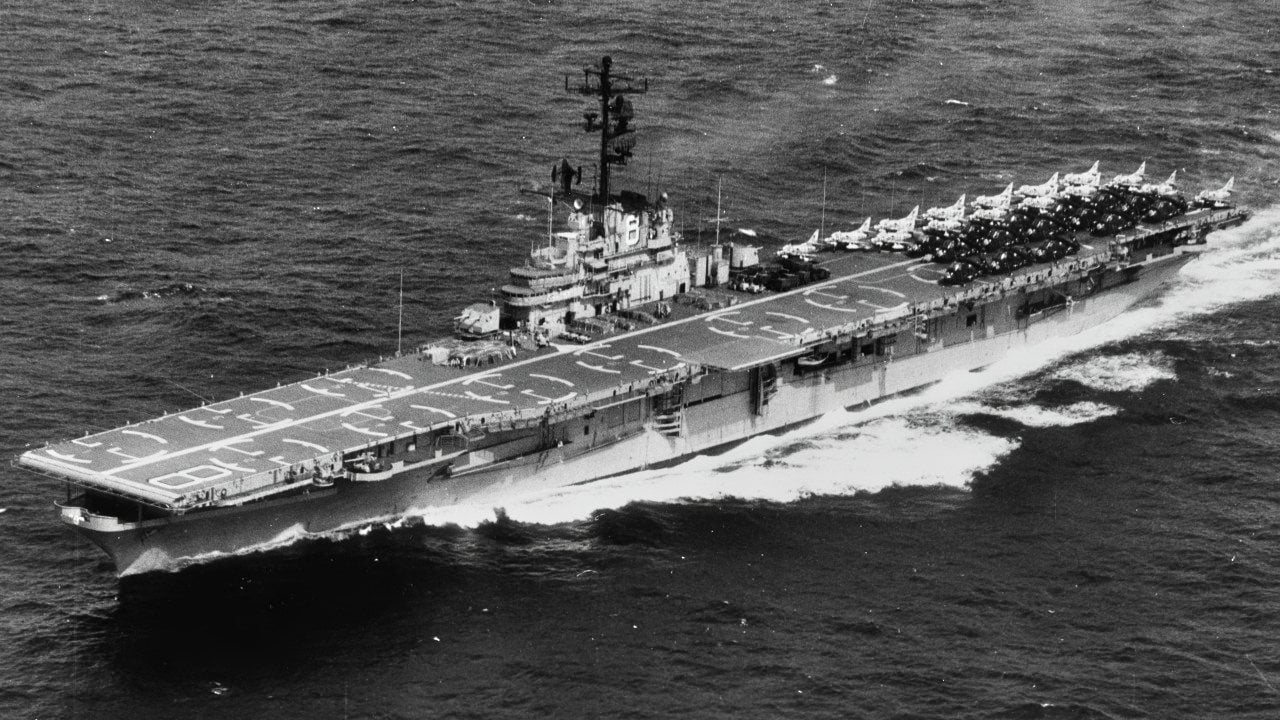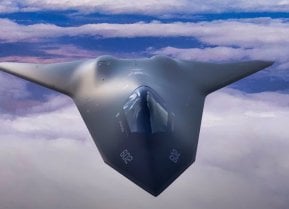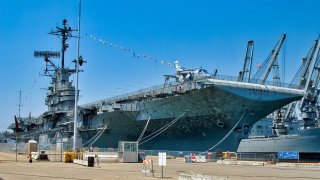USS Hornet: Legendary Essex-Class Aircraft Carrier with 11 Battle Stars
The USS Hornet (CV-12), an Essex-class aircraft carrier, served from 1943 to 1970 and played a pivotal role in numerous WWII battles, earning 11 battle stars.
Summary and Key Points: The USS Hornet (CV-12), an Essex-class aircraft carrier, served from 1943 to 1970 and played a pivotal role in numerous WWII battles, earning 11 battle stars.

-Powered by eight Babcock & Wilcox boilers and four Westinghouse steam turbines, it could reach speeds of 33 knots.
-With a crew of 3,448, the Hornet could carry up to 101 aircraft during WWII. Post-war, it adapted to various roles, including as an antisubmarine warfare support carrier during the Vietnam War.
-The Hornet also retrieved Apollo 11 and 12 astronauts, highlighting its significance in both military and space exploration. Now preserved as a museum in Alameda, California, the Hornet remains a testament to American naval history.
Meet the Essex-Class Aircraft Carrier: USS Hornet
The USS Hornet (CV-12) was a member of what is probably America’s most storied aircraft carrier class, the Essex-class. She served from 1943 until 1970. This great boat was powered by eight Babcock & Wilcox boilers and four Westinghouse geared steam turbines, which allowed it to reach a maximum speed of 33 knots (about 39 miles per hour).
Specifications for USS Hornet
The ship had a crew of approximately 3,448 officers and enlisted men, and had a displacement of 27,100 tons, when fully loaded, she could displace 36,380 tons.
CV-12 was capable of carrying up to 101 aircraft in the Second World War. After WWII, she could carry 86 aircraft, including fighters, bombers, and helicopters (these came later in its service life). From 1958-79, she carried 44 aircraft.
Her armaments in WWII consisted of 12 five-inch 38-caliber (four twin mounts, four single) guns, ten 40mm quad mounts, 59 20mm single mounts. By 1953, she had eight five-inch, 38-caliber, single mounts and 14 three-inch 50-caliber twin mounts. In 1956, the boat had seven five-inch, 38-caliber single mounts and four three-inch, 50-caliber twin mounts. By 1965, the Hornet carried four, five-inch, 38-caliber single mounts.
Achieving Heroic Levels of Combat Experience
This boat would earn an astounding 11 battle stars for its service in the Pacific Theater, waging war against the Imperial Japanese Navy for their dastardly attack on Pearl Harbor. She supported countless land invasions and decimated multiple enemy positions for the invading US Marine and Army forces that would trundle onto the heavily fortified Japanese islands on their march toward the Japanese home islands.
The Hornet participated in the Battle of Midway, as well as the fights over the Majuro Atoll in the Marshall Islands. She supported land invasions of New Guinea and conducted air raids against Japanese positions in the Caroline Islands as part of the campaign for the Marianas Islands. CV-12 played a pivotal role in helping to prepare the battlespace for the epic 1944 Battle of Philippine Sea. CV-12 then served a critical reconnaissance role in the run-up to the Battle of Okinawa, the final step before the Allied forces could potentially strike—and land an invasion force—on the Japanese Home Islands.
After the war, the Navy’s surface fleet—notably its carriers—underwent truly radical changes. Many of the World War II-era ships were either scrapped or put in the reserve fleet. But the Hornet avoided that most inauspicious fate. CV-12 was officially retired on May 12, 1951 only to reborn two years later on September 11, 1953, as an “attack aircraft carrier,” with a new designation of CVA-12. In 1958, she was again reconfigured into an Antisubmarine Warfare Support Carrier, receiving an all-new designation once more of CVS-12.
In its capacity as an “Antisubmarine Warfare Support Carrier,” CVS-12 deployed to the waters off Vietnam in 1967, where it operated in the war zone throughout the Spring and Summer of that year.
The Hornet Achieves Legendary Status
As an interesting aside, this amazing warship’s service went not only through the atomic age, but she played a vital role in the dawn of the space age. During the Apollo moon program, the capsules carrying the astronauts on their way back to Earth from the moon would land in the ocean, requiring US Navy warships to retrieve them. For both the Apollo 11 and 12 Moon landers, the Hornet was the boat that picked them and their capsule up from the roiling ocean.
These events occurred just before the Navy opted to decommission CVS-12 (which came on June 26, 1970). She was ultimately struck from the Navy’s list on July 25, 1989, and is today preserved as a great museum ship at Alameda, Calif.

Author Experience and Expertise: Brandon J. Weichert
Brandon J. Weichert, a National Interest national security analyst, is a former Congressional staffer and geopolitical analyst who is a contributor at The Washington Times, the Asia Times, and The-Pipeline. He is the author of Winning Space: How America Remains a Superpower, Biohacked: China’s Race to Control Life, and The Shadow War: Iran’s Quest for Supremacy. His next book, A Disaster of Our Own Making: How the West Lost Ukraine, is due October 22 from Encounter Books. Weichert can be followed via Twitter @WeTheBrandon.
All images are Creative Commons or Shutterstock. Intext images are generic pictures of Essex-Class Aircraft Carriers throughout time.
From the Vault
Russia Freaked Out: Why the U.S. Navy 'Unretired' the Iowa-Class Battleships
Battleship vs. Battlecruiser: Iowa-Class vs. Russia's Kirov-Class (Who Wins?)


